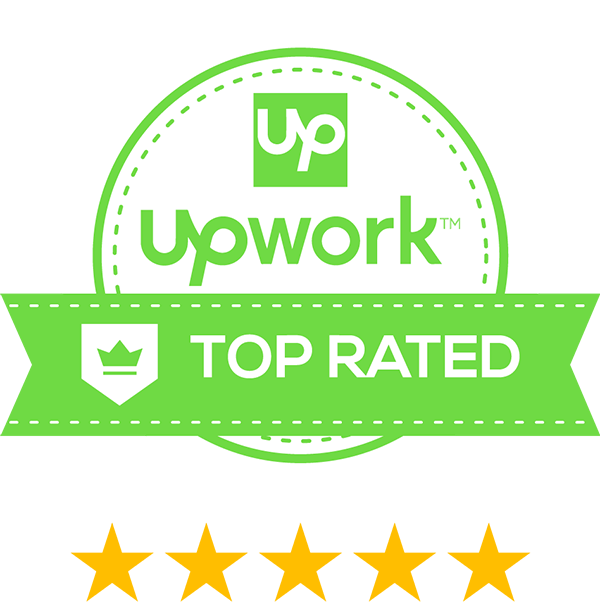Introduction
In the world of big data and analytics, Databricks works as a big platform, and it is designed to improve data engineering, data science, and machine learning workflows. No matter if you are using Azure Databricks or AWS Databricks, the platform provides many features that simplify data processing and analysis. So, let us discuss the top ten features of Databricks that every data professional should know.

1. Unified Analytics Platform
A. Flawless Integration
One of the standout features of Databricks is its unified analytics platform. This platform flawlessly integrates data engineering, data science and machine learning. This integration allows teams to collaborate efficiently. It also makes sure that data workflows are simplified from ingestion to information.
B. Benefits of a Unified Platform
The unified platform reduces the requirement for multiple disparate tools. It does so by reducing the complications of managing separate systems. It also facilitates better communication and collaboration among teams. This collaboration is important for the successful deployment of data projects.
2. Databricks Notebooks
A. Interactive and Collaborative Notebooks
Databricks Notebooks are a main feature that improves productivity and collaboration. These interactive notebooks support multiple languages. These languages include Python, R, SQL, and Scala. It allows data engineers and data scientists to write and execute code in a flexible and interactive environment.
B. Real-Time Collaboration
What makes Databricks Notebooks unique and useful is the capability for multiple users to collaborate in real-time. This feature improves teamwork and accelerates the development process by allowing instant feedback and iteration.
3. Databricks Runtime
A. Optimized Runtime for Improved Performance
The Databricks Runtime is an optimized solution that provides advanced performance, reliability and security for your data pipelines. It includes many optimizations and improvements over the open-source Apache Spark. Meanwhile it makes sure for the faster and more reliable for big data processing.
B. Customizable Environments
Databricks Runtime allows you to customize your environment with different runtime versions and configurations. Along with that it makes sure to provide compatibility and optimized performance for different workloads.
4. Delta Lake
A. Reliable Data Lake with ACID Transactions
Delta Lake is an open-source storage layer that provides reliability to data lakes. It makes sure that your data integrity and reliability with ACID transactions are available. Along with all that it makes your data operations more advanced and consistent.
B. Scalability and Performance

Delta Lake improves the scalability and performance of your data lakes. It allows you to manage large volumes of data efficiently. It also provides schema enforcement and auditing capabilities. These capabilities and usability make sure that your data remains clean and accurate.
5. Databricks SQL

A. Powerful SQL Analytics
Databricks SQL provides a high-performance SQL environment for querying and analyzing your big datasets. Its optimized execution plans, and efficient query engine make it a must have tool for data analysts who require to run complicated queries quickly and efficiently.
B. Integration with BI Tools
Databricks SQL integrates flawlessly with popular business intelligence (BI) tools for example, Tableau, Power BI, and Looker. This integration allows you to create and share dashboards and reports. These dashboards and reports make it easier to get useful information from your data.
6. Databricks API
A. Flexible and Extensible API
The Databricks API provides technologically advanced functionality for automating tasks, integrating with other tools, and building custom applications. No matter if you require to automate cluster management, job scheduling, or data pipeline management, the API provides the flexibility to extend Databricks’ capabilities.
B. Improved Automation
With the Databricks API, you can automate repetitive tasks instantly. This step helps effectively in reducing manual effort and minimizing mistakes. This feature is important for maintaining efficient and reliable data operations.
7. Machine Learning Lifecycle Management
A. End-to-End ML Lifecycle
Databricks provides comprehensive support for the entire machine learning lifecycle. It can help you effortlessly from data preparation and model training to deployment and monitoring. This end-to-end support makes sure that your machine learning projects are well-managed and can be iterated immediately.
B. MLflow Integration
Databricks integrates with MLflow. This is an open-source platform for managing the ML lifecycle. This integration allows you to track experiments, manage models, and deploy machine learning models efficiently.
8. AutoML
A. Automated Machine Learning
Databricks’ AutoML capabilities automate the process of selecting and tuning machine learning models. This feature allows data scientists to focus on important and upper-level tasks. On the other hand, the platform manages the complications of model selection and hyperparameter tuning, the platform manages the complications of model selection and hyperparameter tuning.
B. Accelerated Model Development
AutoML accelerates the model development process. It does so by allowing faster time-to-value for machine learning projects. By automating routine tasks, it allows data scientists to iterate more quickly and improve model performance.
9. Collaborative Data Engineering
A. Simplified Data Workflows
Databricks excels in data engineering. It does so by providing tools and features that simplify data ingestion, transformation, and validation. With support for different data sources and formats, Databricks simplifies the process of building and maintaining data pipelines.
B. Improved Data Collaboration
Databricks’ collaborative environment allows data engineers to work together more effectively. It supports it by sharing information and progress in real-time. This collaborative approach improves productivity and makes sure that your data projects are completed more efficiently.
10. Cloud Flexibility and Integration
A. Multi-Cloud Support
Databricks provides support for multiple cloud platforms. These multi-cloud-platforms include Azure Databricks and AWS Databricks. This multi-cloud support helps with better flexibility and makes sure that businesses can use their preferred cloud infrastructure.
B. Flawless Cloud Integration
The platform integrates flawlessly with cloud-native services. It allows businesses to take full benefits of cloud capabilities. This integration makes sure that Databricks can scale with your business requirements. Also, it provides the infrastructure and performance required for large-scale data operations.
Do you want to implement the data engineering frameworks with latest tools & technologies, click here .
Databricks is more than just a tool for data engineering. Its capability to unify different aspects of data management is combined with its advanced performance and flexibility. These benefits make it a valuable source for any data-based business. Databricks not only identifies the current requirements of data professionals but also anticipates future challenges.
Conclusion
Databricks is innovating the field of data engineering with its efficient, scalable, and flexible platform. From its unified analytics platform and interactive notebooks to its advanced API and SQL capabilities, Databricks provides a comprehensive suite of tools that make it a necessary platform for data professionals. No matter if you are an Azure Databricks user, an AWS Databricks enthusiast, or exploring the powerful Databricks SQL, the features mentioned above are must-explore functionalities that can significantly improve your data workflows.

I’m Isha Taneja, and I love working with data to help businesses make smart decisions. Based in India, I use the latest technology to turn complex data into simple and useful insights. My job is to make sure companies can use their data in the best way possible.
When I’m not working on data projects, I enjoy writing blog posts to share what I know. I aim to make tricky topics easy to understand for everyone. Join me on this journey to explore how data can change the way we do business!
I also serve as the Editor-in-Chief at "The Executive Outlook," where I interview industry leaders to share their personal opinions and add valuable insights to the industry.
































